Hey everyone, welcome to the weekly show where we take a look back and forward at some of the biggest news stories affecting the sport we love. Whether it's a broken home run record, a famous player’s birth, or a major franchise trade, we'll have it all covered.
I’m Jeff Lambert, and this is This Week in Baseball History.
This Week’s Historical Moments
April 23, 1954
At Sportsman's Park, Hank Aaron hits the first of his 755 major league home runs off Vic Raschi of St. Louis. The Braves won in fourteen innings 7-5.
April 24, 1956
American League umpire Frank Umont is the first to wear glasses in a regular season game when he officiates a contest between Detroit and Kansas City. The former NFL offensive tackle for the NFL’s New York Giants was still an intimidating appearance to most players and fans.
April 25, 1977
The Cincinnati Reds romped to a 23-9 victory over the Braves in Atlanta. The Reds tied a National League record by scoring 12 runs in the fifth inning off three Braves pitchers. George Foster had seven RBIs, five runs scored, two home runs, a double and a single.
April 26, 1995
Coors Field, the National League’s first baseball-only stadium in 23 years, opened in dramatic fashion in Denver, Colorado. Dante Bichette hit a three-run home run in the 14th inning to lead the expansion Colorado Rockies to a 11-9 win over the Mets.
April 27, 1973
In 50-degree Detroit weather, Kansas City Royals rookie Steve Busby no-hit the Detroit Tigers 3-0. It is the first Royals no-hitter and the first at Tiger Stadium since Virgil Trucks did it in 1952. Busby also became the first pitcher to throw a no-hitter and not have any at-bats during the game.
April 28, 1952
The St. Louis Browns lend two minor league players, third baseman John Britton and pitcher Jim Newberry, to the Hankyu Braves of the Japanese Pacific League. The Browns became the first team to send players outside of the U.S. The owner of the club who negotiated this deal was none other than Abe Saperstein, the founder, owner and coach of the world-famous Harlem Globetrotters.
April 29, 1986
Roger Clemens set a major league record by striking out 20 hitters as the Boston Red Sox defeated the Seattle Mariners 3-1.
Focus Story: A Look at the Fascinating Construction of Coors Field
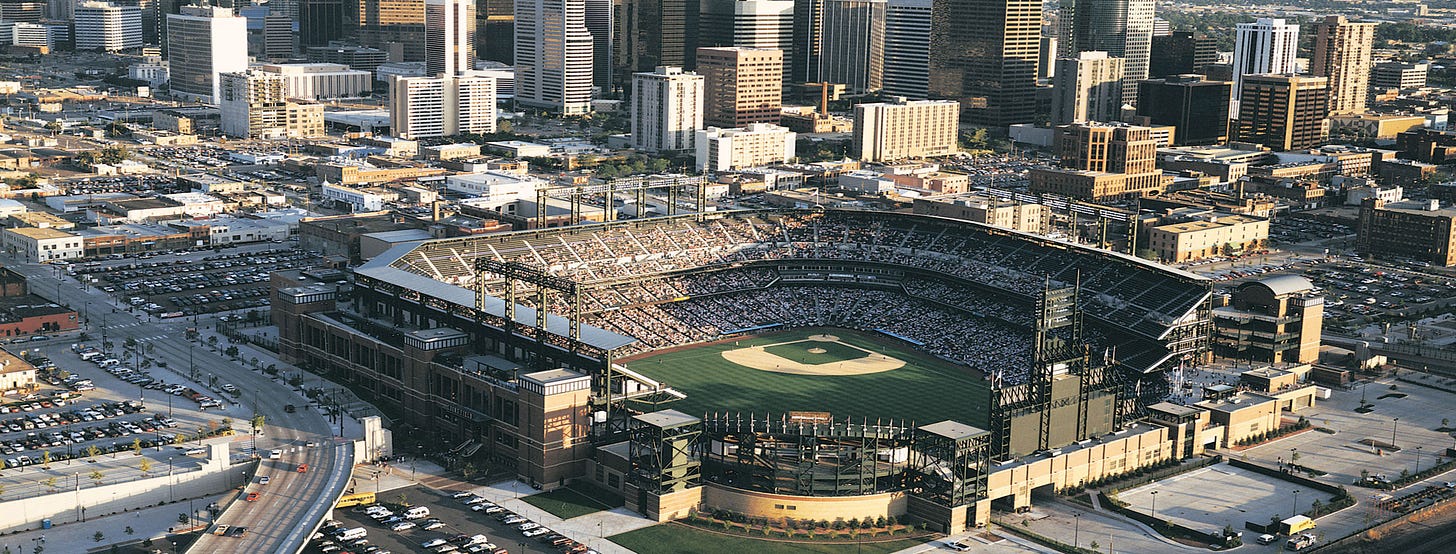
Coors Field is the home stadium of the Colorado Rockies, and it opened on April 26, 1995, after two years of construction. The stadium is located in the heart of downtown Denver and has a seating capacity of over 50,000 fans.
The idea for Coors Field was born in the late 1980s when the Colorado Rockies were granted an expansion team by Major League Baseball. The team's ownership group, led by businessman Jerry McMorris, knew that they needed a state-of-the-art stadium to compete with other modern ballparks across the country.
Coors Brewing purchased naming rights to the stadium as part of their $30 million investment in the Rockies in 1991. A 2017 lease agreement that Rockies club ownership signed with the stadium district ensured that the name would remain at least through 2047.
The design for Coors Field was inspired by classic ballparks from the early 20th century, with a traditional brick exterior and a green metal roof.
During construction, workers discovered a number of dinosaur fossils throughout the grounds. Rumors circulated that these fossils included a 7-foot-long, 1,000-pound triceratops skull. In reality, the fossil fragments discovered were quite small, and are now housed at the Museum of Science and Nature.
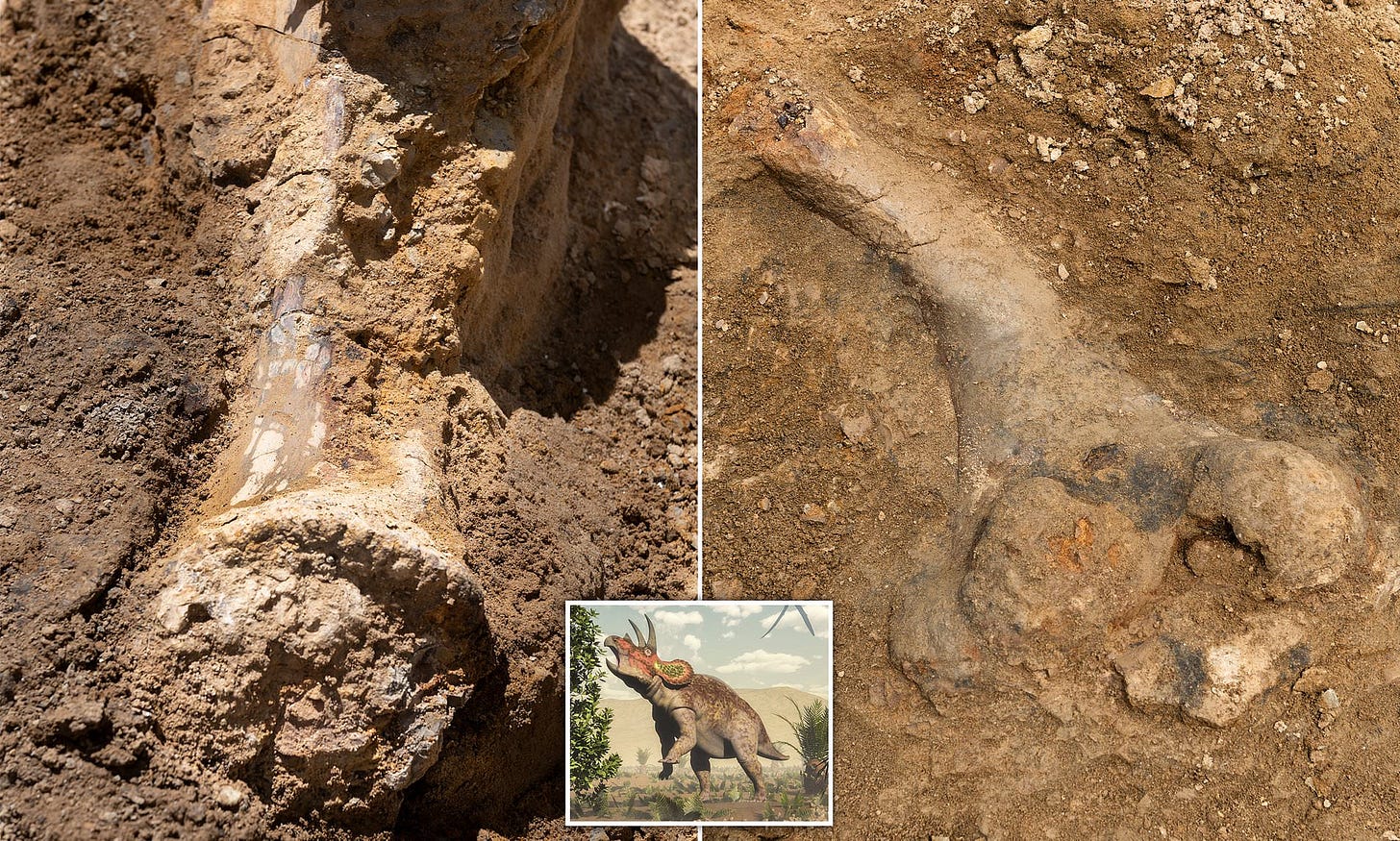
Because of these discoveries, "Jurassic Park" was one of the first names to be considered for the stadium. This later led to the selection of a triceratops as the Rockies' mascot, Dinger.
The stadium is known for several interesting features. Probably the most notable is its expansive outfield, which is one of the largest in the Major Leagues.
The park's high elevation, thin air, and wide open outfield all contribute to the phenomenon known as the "Coors Field Effect," which results in more home runs and higher scoring games compared to other ballparks. In fact, in its early years, the stadium was often criticized for being too hitter-friendly, with some calling it a "beer league park" due to the inflated offensive numbers.
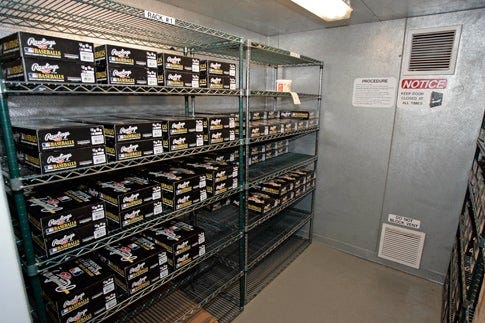
However, in response to these concerns, the Rockies made several modifications to the stadium, including installing a humidor in 2002. The humidor is a climate-controlled room that stores baseballs at a consistent temperature and humidity level to reduce their drying out and becoming harder, making them more difficult to hit. This has helped to level the playing field and reduce the number of home runs hit at Coors Field.
Another unique feature of Coors Field is the Rockpile, an area in center field that offers standing-room-only tickets at a low price point, making games more accessible to fans of all backgrounds. The Rockpile has become a beloved part of the stadium, with fans often congregating there to cheer on the Rockies.
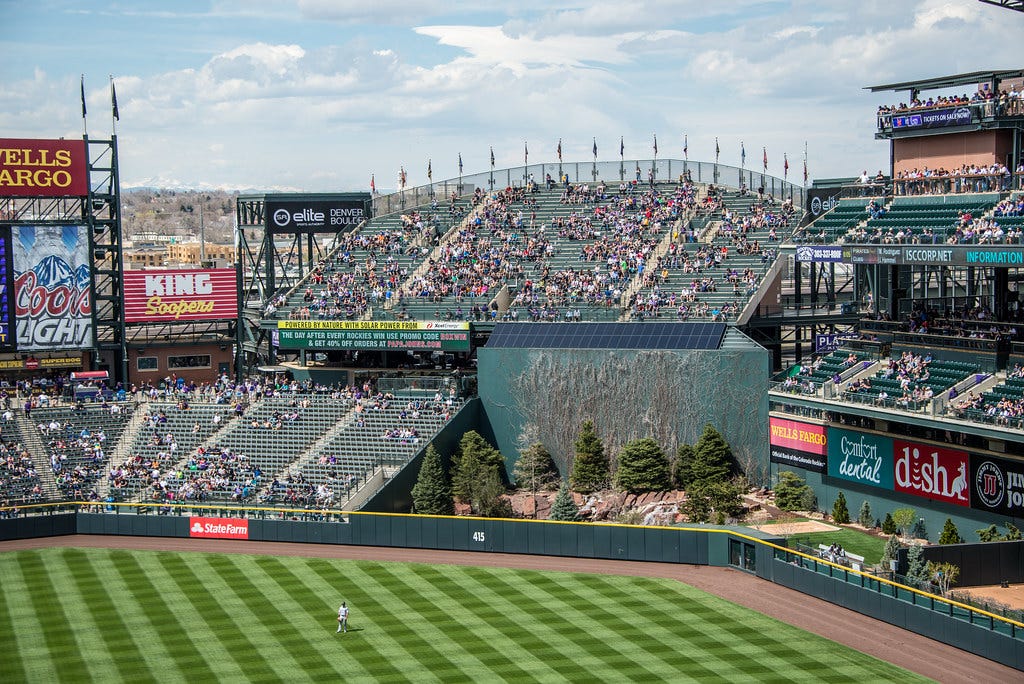
While most of the seats in Coors Field are dark green, the seats in the 20th row of the upper deck are purple to mark the elevation of one mile (5280 ft; 1,609 m) above sea level.
Coors Field (of course) has a microbrewery in the stadium behind the right-field stands. The Coors Brewing Company operates it, and experiments with craft beers on a small scale. The Brewery has won multiple awards in various categories at the Great American Beer Festival. Blue Moon, a popular Belgian-style wheat beer was invented here, and is now mass-produced by Coors.
Behind the center field wall is a landscape decoration that reflects the typical environment of the Rocky Mountains. This landscape area consists of a waterfall, fountains, and pine trees. After a Rockies home run or win, the fountains shoot high into the air.
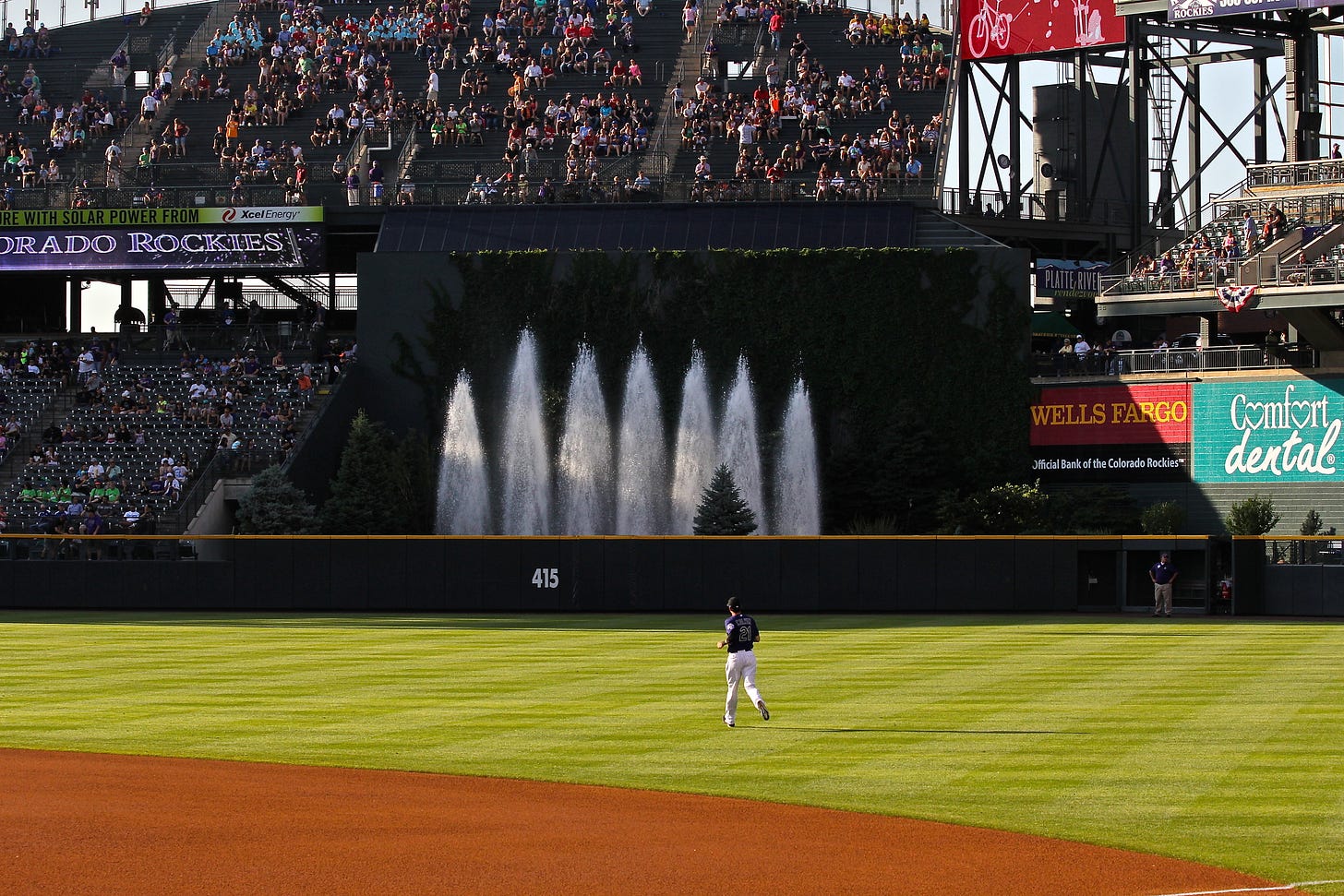
Despite the unique features of the ballpark, the stadium has a notable group of critics. One concern over the years has been poor adjustment when playing road games at lower altitudes.
The Rockies score an average of just 3.9 runs per road game, the lowest among all teams. This has had a detrimental effect on Colorado's all-time road record, which sits at 888-1352, or 39.6%, the worst in the majors by a large margin.
Some fans also feel that pitcher development on the Rockies has suffered because of how much of an advantage opposing hitters have at Coors Field. Rockies pitchers are likelier to finish with an ERA of at least 4.
Some have claimed that starting pitchers would have developed better if they didn't play for Colorado. Notably relief pitchers have also suffered significant drop-offs from playing at higher altitudes. This has led to some pitchers citing their reluctance to play for the Rockies.
Overall, Coors Field has a rich history and unique features, making it a must-visit destination for baseball fans. From the stunning mountain views to the hitter-friendly environment, there is something for everyone at this iconic ballpark in the heart of Denver.
That’s All for This Week!
That's all for this edition of This Week in Baseball History. Be sure to check back next week for more memorable moments from around baseball!





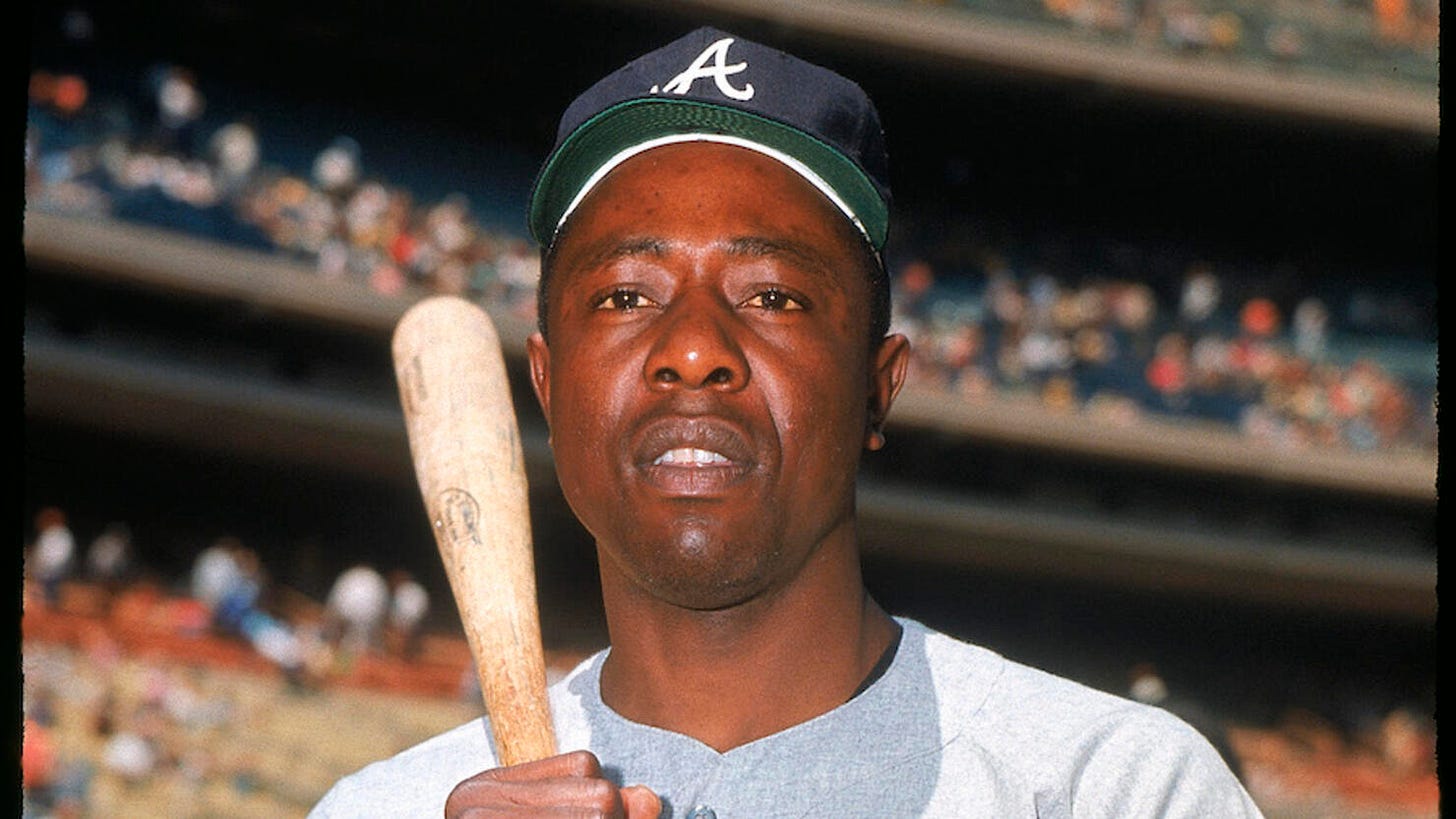

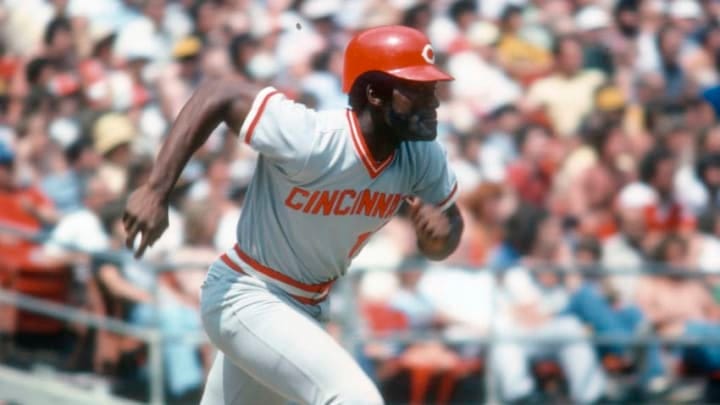
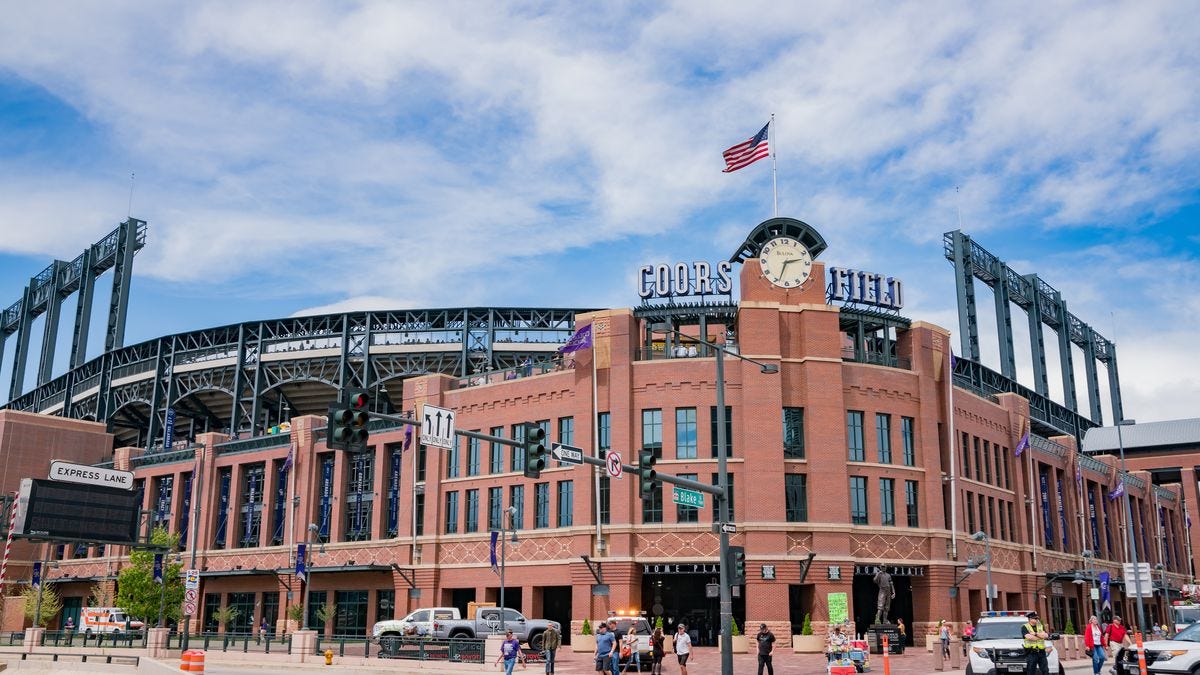
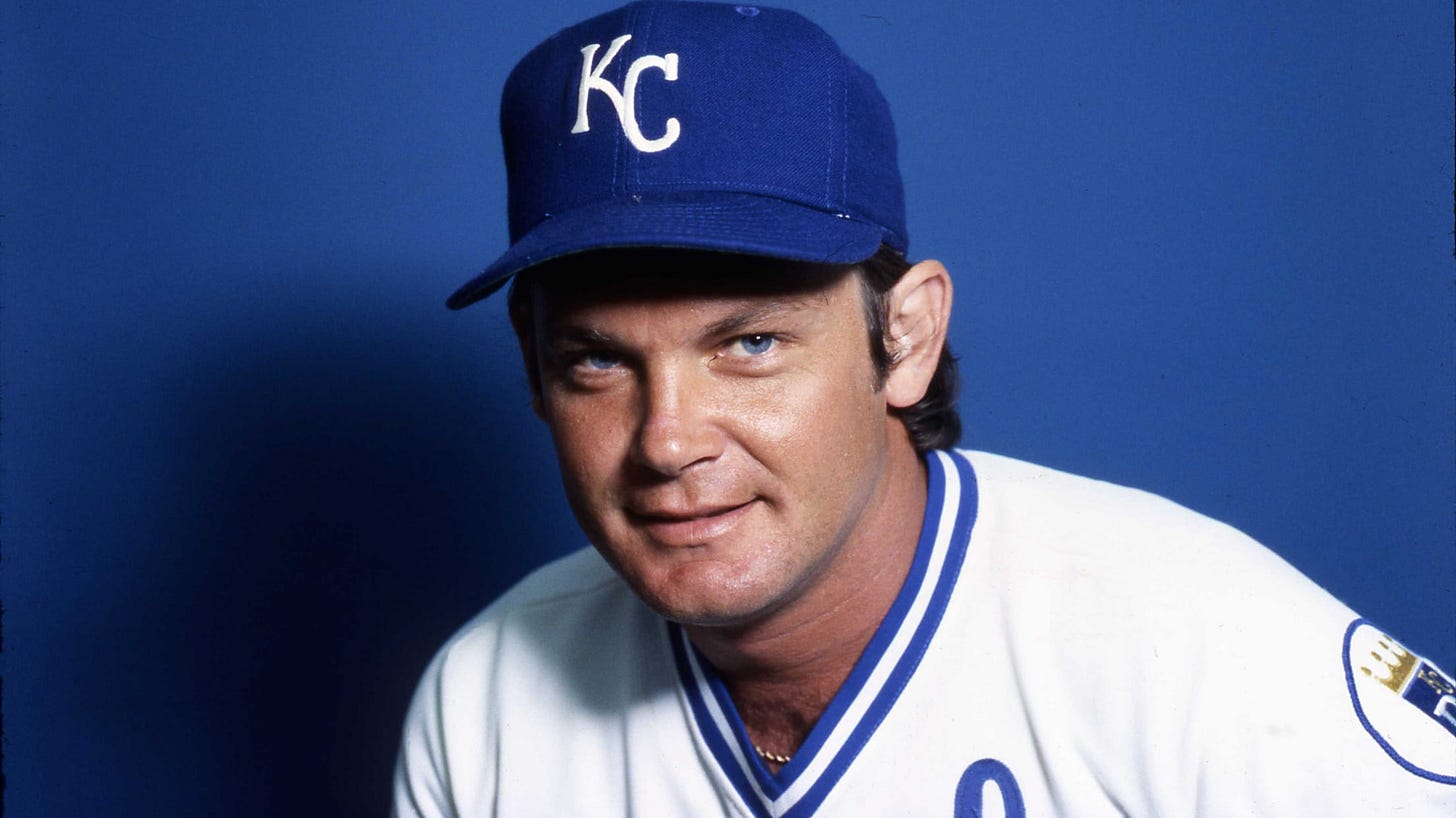
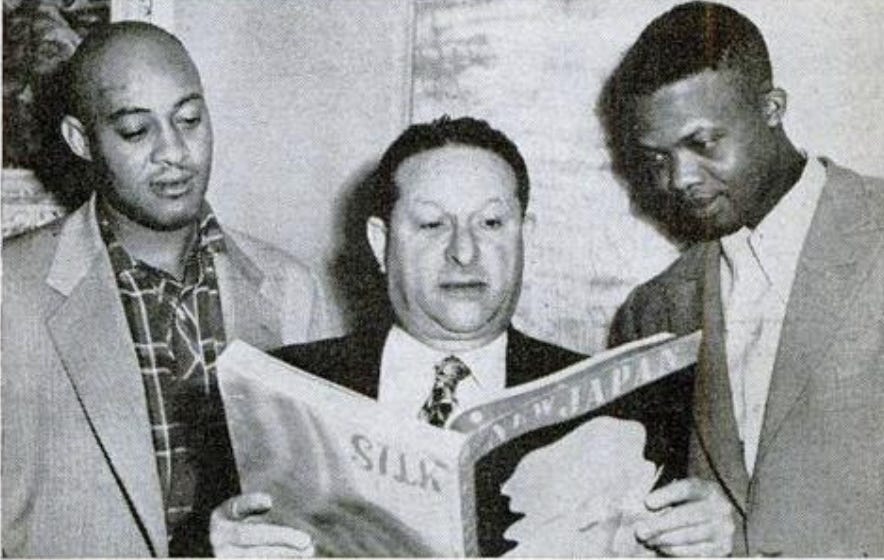





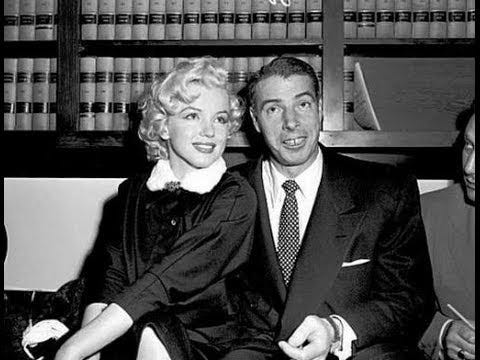
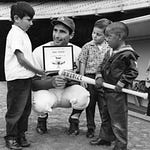

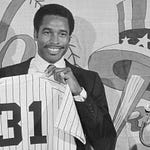
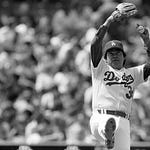

Share this post